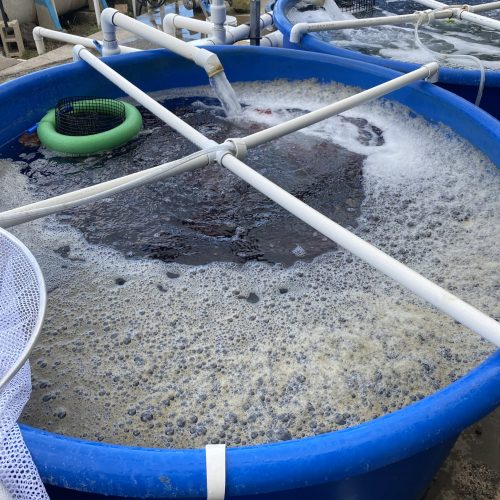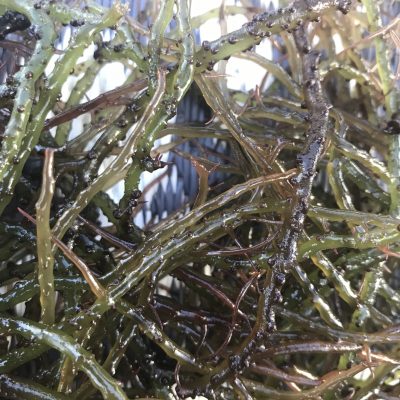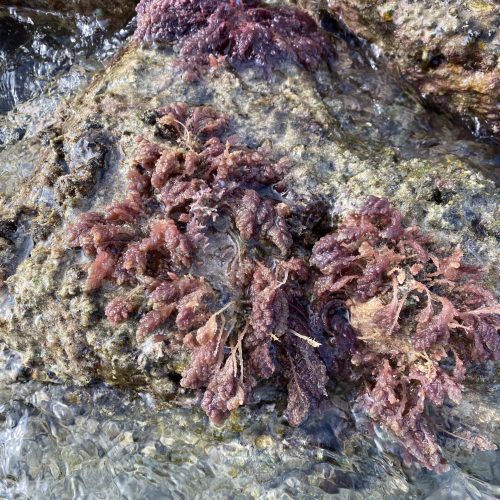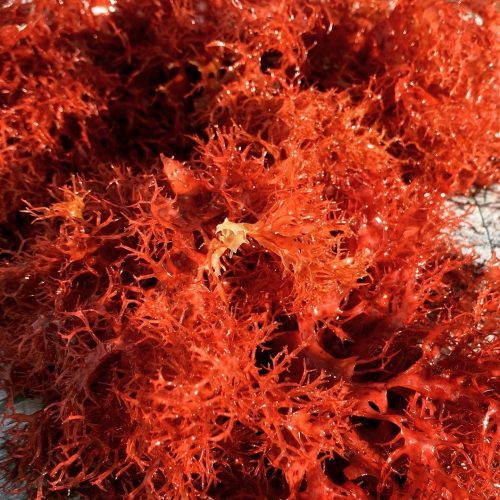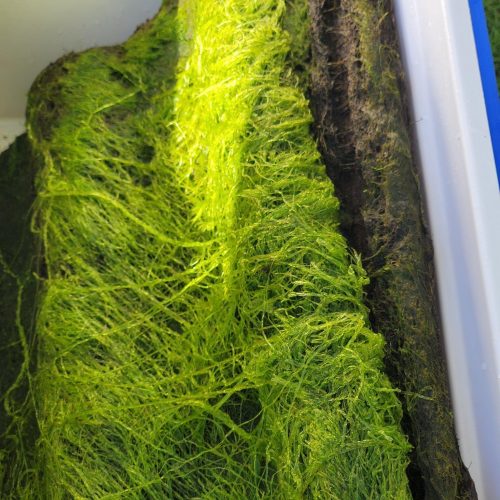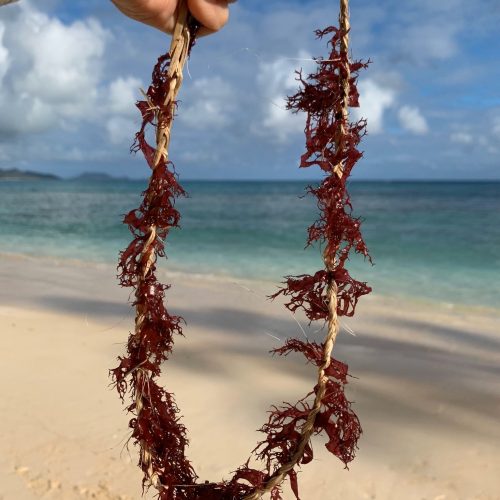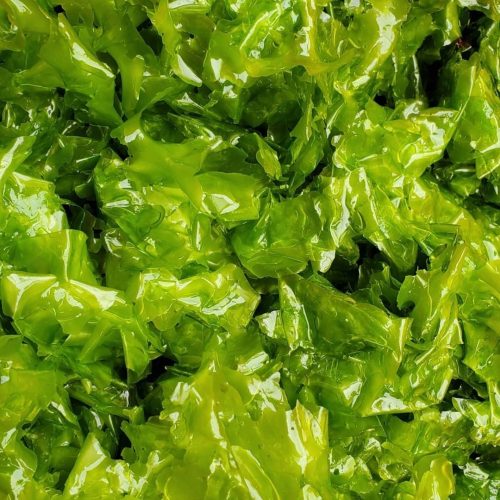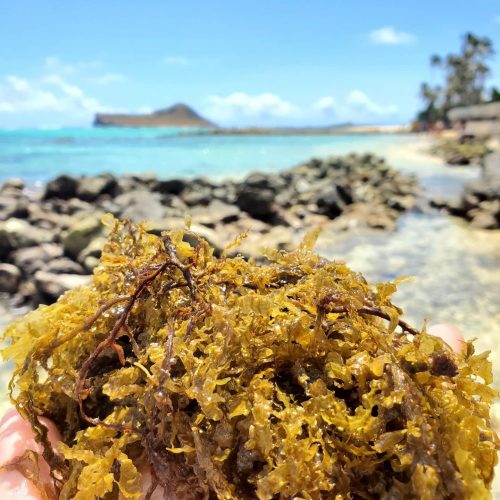why do restoration of limu in Waimānalo Bay?
It was at the request of one of a Waimānalo kupuna to be able to see limu thrive in Waimānalo Bay like it was during her youth and be able to share it with her grandchildren.
limu restoration
The Waimānalo Limu Hui has been hosting a monthly limu planting since November 2017. The first species of limu that we started to replant in Waimānalo Bay is Limu Manauea, the Hawaiian species of Ogo. Our limu is sourced from Uncle Wally Ito where it is grown in tanks till the optimum time for the spores to be spread. We then receive and use it for our monthly plantings. We begin the day by teaching participants the anatomy of the limu and how to wili it into lei with raffia. These lei are then wrapped around rocks to be planed out into the ocean with in Waimānalo Bay. The group proceeds into the water to place the rocks with a pule to help it flourish once more.
types of limu
once abundant in Waimānalo Bay.
In gathering information from Kupuna of Waimānalo, listed below are the different species of limu that once swayed in the ocean and graced its scents in the ‘Alopali and Lipu’upu’u Winds of Waimānalo.
highlights
july 2018 #bossdancefriends
This is one of the videos shot and choreographed by Dr. Kiana Frank and her #BOSSdancefriends demonstrating the techniques in `Uhau humu pōhaku (dry stack masonry). The dance was taught to the crowd during opening circle and filmed after work was completed.
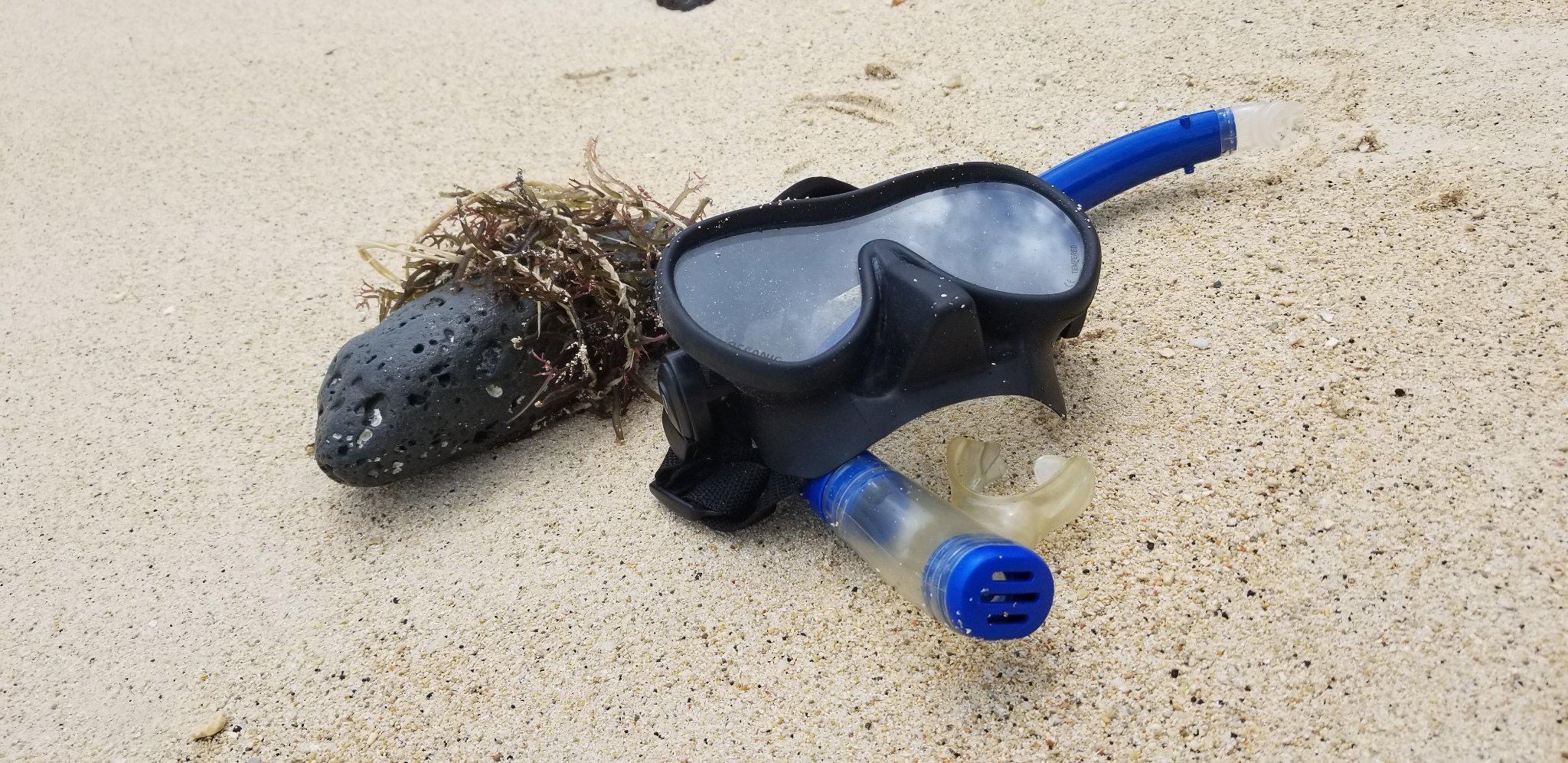
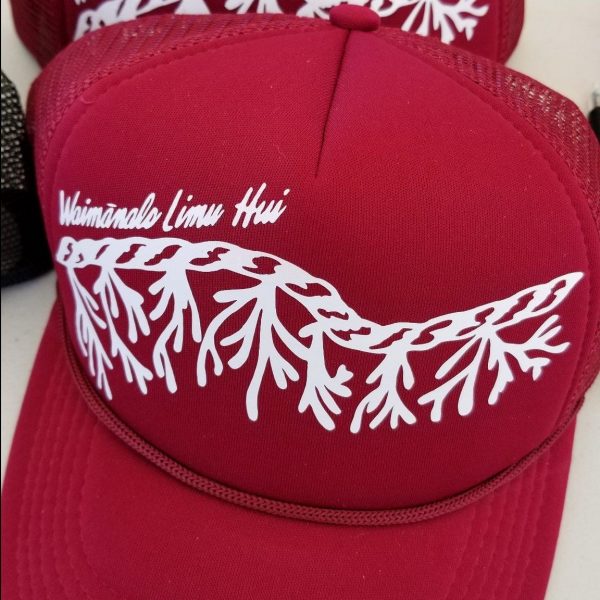
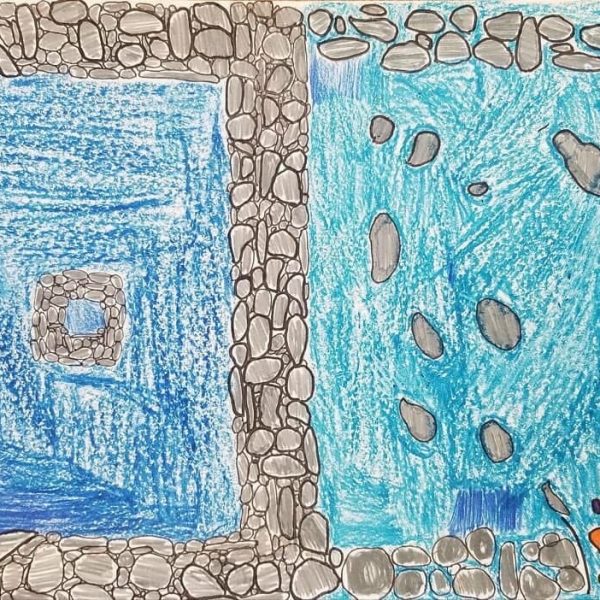
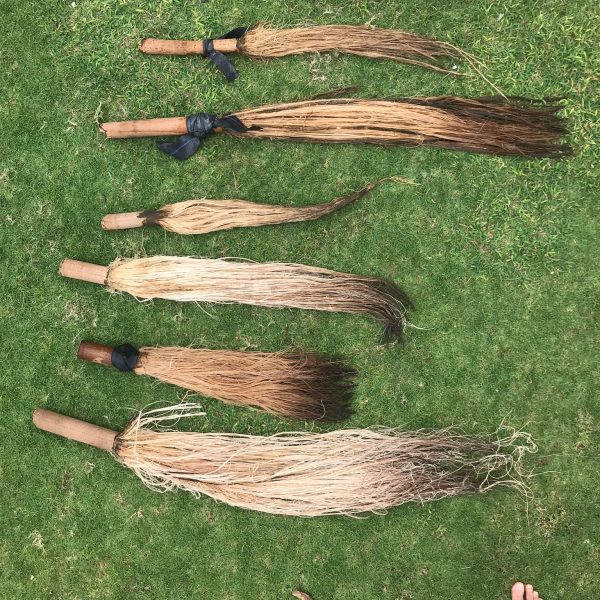
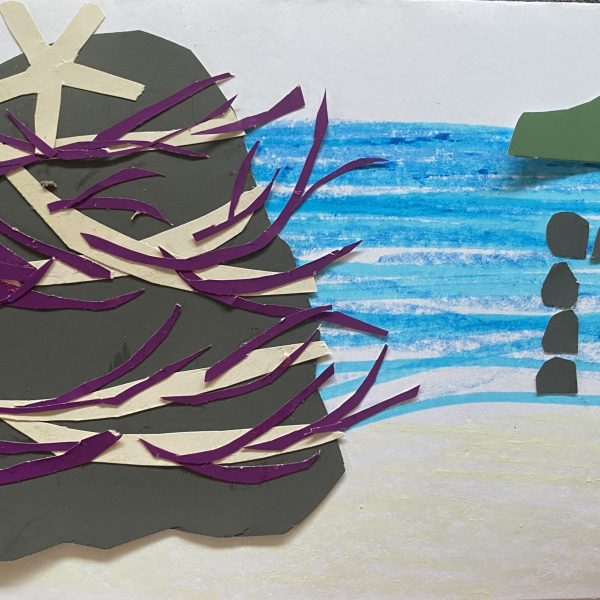
ma ka hana ka `ike workshops
We’ve been known to teach a few hands-on workshops from time to time. From making limu presses with the children, teaching the are of `uhau humu (dry stacking), how to throw a throw net, to the art of `ule hala (cordage with hala root) you can be sure to learn something new. BUT, you must be present to win when these impromptu classes are taught.
Our merchandise is available at all of our events. It helps to fund our program. Please see our merchandise tent for available items.
highlights
growing limu
The Waimānalo Limu Hui was fortunate enough to partner up with Sea Life Park in 2019. Through their generous donation, the hui was allowed to use park resources to be able to grow out the limu used at the monthly limu plantings. The partnership has been key in allowing the hui to be more self-sustaining and not having to depend on other huis to source limu for the monthly plantings.
On June 6, 2020, WHL was privileged to release two juvenile turtles born and raised at Sea Life Park back into Pahonu. The lucky 35 participants got to witness the turtles return to the only turtle enclosure in the state.
